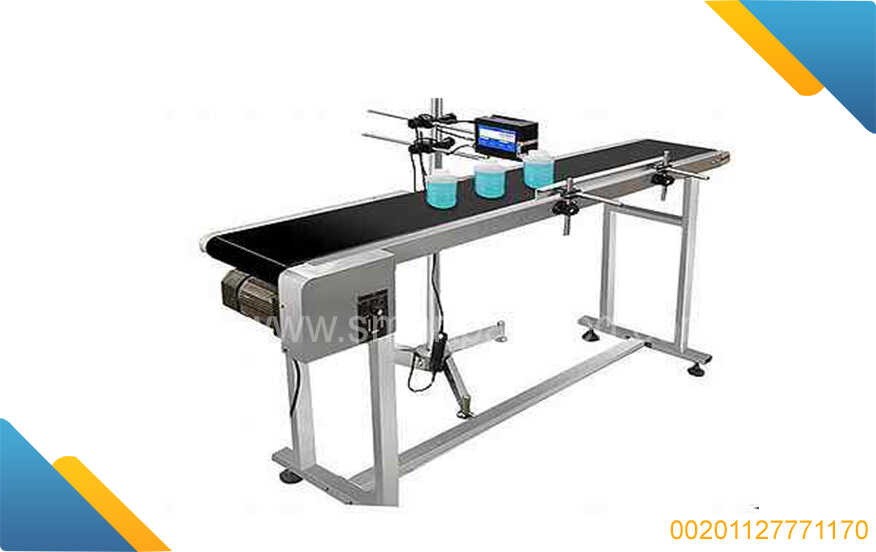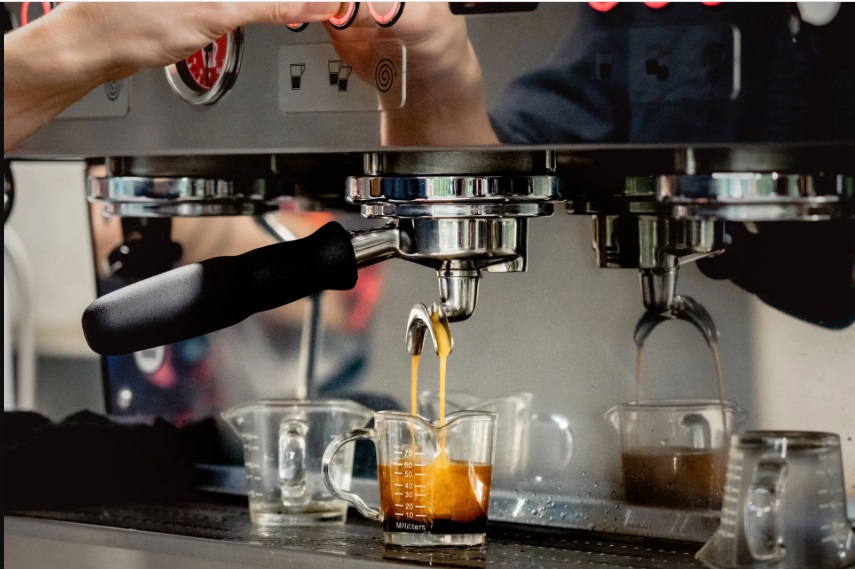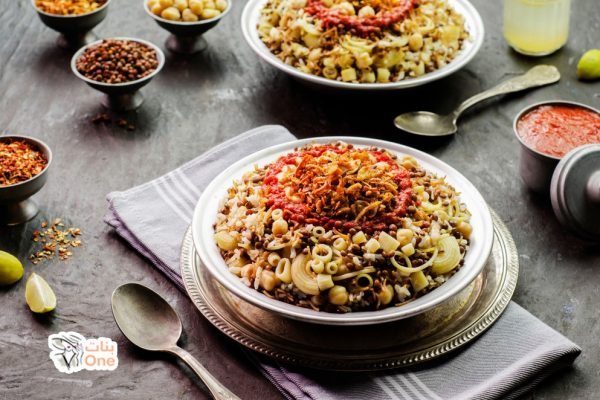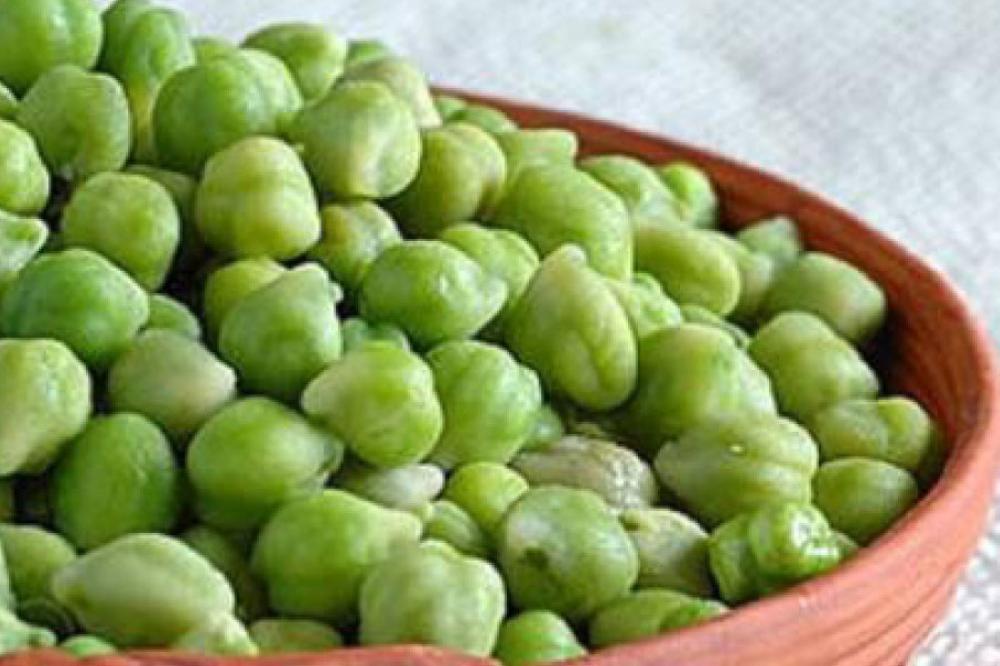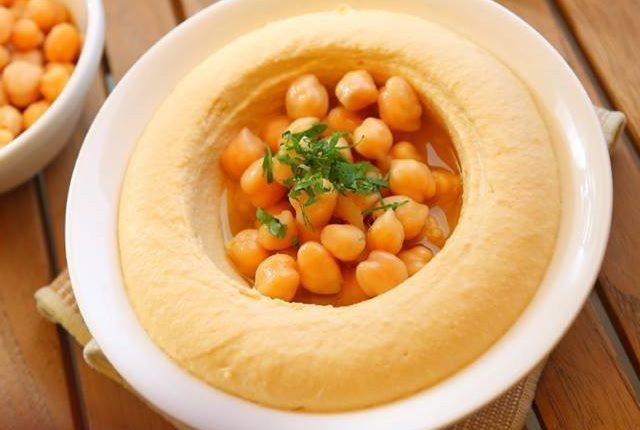How to Guide: Spices Packaging Machine and Production Line in Egypt
Introduction:
Spices are essential ingredients that enhance the flavor and aroma of our dishes. In Egypt, the demand for high-quality spices is increasing, requiring efficient packaging machines and production lines. This guide will provide an overview of the process, equipment, and steps involved in setting up a spices packaging machine and production line in Egypt.
Step 1: Initial Planning
- Determine specific spice products you aim to package.
- Research the market demand, potential customers, and competitors.
- Analyze your budget and identify available resources.
Step 2: Procuring Machinery and Equipment
- Identify reliable suppliers or manufacturers of spices packaging machines and production line equipment.
- Compare different models and discuss your requirements with the suppliers.
- Consider the machinery's capacity, automated features, and compatibility with various spice packaging formats.
- Evaluate the suppliers by reading customer reviews, checking warranties, and requesting samples or demonstrations.
- Ensure the machines adhere to necessary safety and hygiene standards.
Step 3: Factory Set-up
- Find an appropriate location for your spice production line, considering factors like size, ventilation, and proximity to raw materials and markets.
- Ensure compliance with local regulations related to spices production and packaging.
- Set up a well-organized layout for smooth workflow, considering factors like raw material storage, processing area, packaging area, and quality control.
- Install necessary utility services such as electricity, water supply, and waste management systems.
Step 4: Raw Material Handling
- Source spices from reliable suppliers ensuring high quality and adherence to food safety standards.
- Establish a proper raw material storage area, keeping them in a temperature-controlled environment to maintain freshness.
- Implement quality control measures to inspect raw materials for any undesired contaminants or impurities.
Step 5: Processing and Packaging
- Clean and sort the spices to ensure they meet quality standards before processing.
- Install appropriate processing equipment such as grinding machines, mixers, and mills, based on the type of spices you plan to produce.
- Follow the prescribed processing methods, including grinding, blending, and mixing, to achieve the desired spice formulations.
- Connect the packaging machines to the production line, considering factors like speed, accuracy, and packaging formats (pouches, bottles, jars).
- Calibrate and test the packaging machines for accurate measurement and sealing.
- Implement quality assurance checks at different stages to maintain product consistency and safety.
Step 6: Labeling and Quality Control
- Design attractive and informative labels for your spice products, complying with labeling regulations in Egypt.
- Set up a quality control department to conduct regular inspections and ensure compliance with quality standards.
- Implement quality control procedures at various stages, such as checking spice blends for uniformity and conducting shelf-life testing.
Step 7: Packaging Material Sourcing
- Research and identify suppliers for packaging materials like pouches, jars, or bottles.
- Choose materials that are suitable for preserving spice quality, such as moisture-proof and airtight packaging options.
- Establish a packaging material inventory system to avoid shortages.
Step 8: Marketing and Distribution
- Develop a well-defined marketing strategy to promote your spice products in Egypt.
- Utilize both traditional and digital marketing channels to reach potential customers.
- Partner with distributors and retailers or explore e-commerce platforms for wider market reach.
Conclusion:
By following these steps, you can establish a successful spices packaging machine and production line in Egypt. Focus on maintaining product quality, adhering to regulations, and consistently improving your processes. With effective planning and execution, your business can meet the increasing demand for high-quality spices in the market.

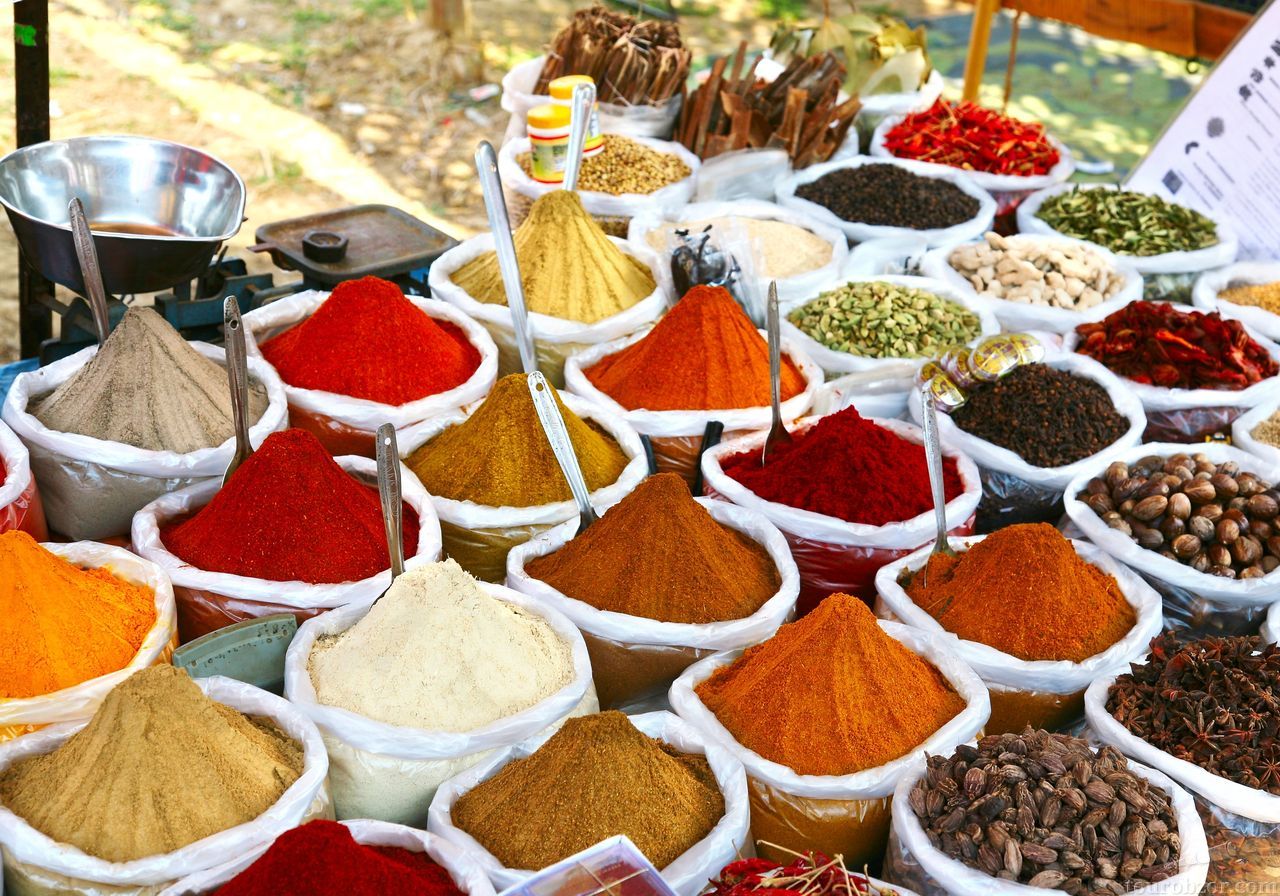

 Admin
Admin 